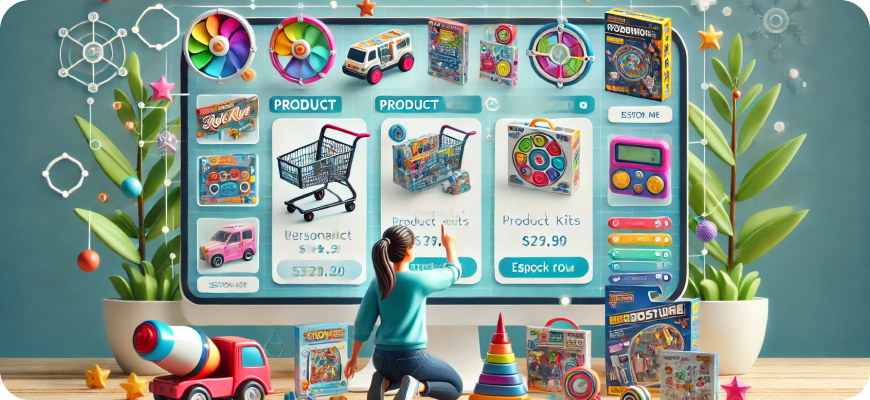top 5 Translation Plugins for WooCommerce + A full Comparison
For WooCommerce store owners who want to reach a global audience, offering content in multiple languages can significantly boost sales, improve customer engagement, and foster trust. Translation plugins play a vital role in making your store multilingual, providing visitors with a localized shopping experience. In this article, we’ll explore five of the best translation plugins for WooCommerce and offer a detailed comparison to help you choose the one that best suits your business.
1. WPML (WordPress Multilingual Plugin)
WPML is one of the most popular solutions for translating WordPress and WooCommerce sites. Known for its robustness, it provides extensive features for managing translations, making it a preferred choice for many online stores.

Key Features:
- Translate pages, posts, products, and custom types.
- Supports 40+ languages and allows you to add custom languages.
- Seamless integration with WooCommerce for translating product pages, categories, and more.
- Offers professional translation services.
PROS
- Comprehensive translation options for all WooCommerce elements.
- Easy-to-use interface with detailed documentation.
- Excellent customer support.
CONS
- Can be complex to set up, especially for beginners.
- Performance issues may arise on large websites with many languages.
Pricing:
Starts at $99/year.
2. Weglot
Weglot is a popular translation plugin for WooCommerce that stands out for its simplicity and speed. With automatic translations and an intuitive interface, it can make any WooCommerce store multilingual in minutes.
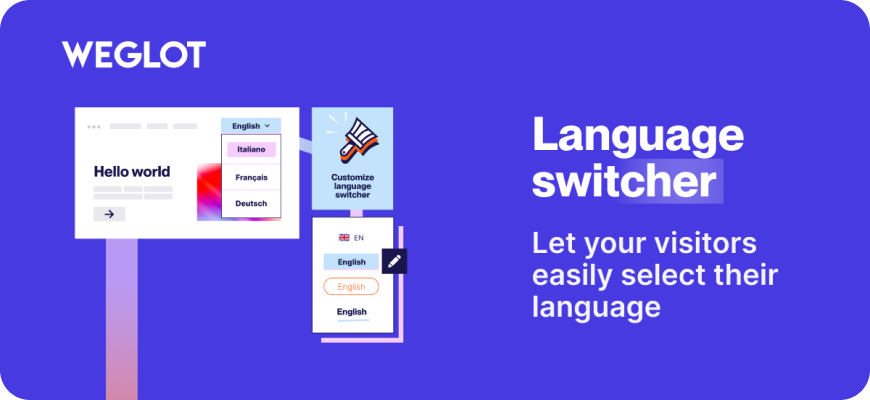
Key Features:
- Automatic translation with the option for manual editing.
- Over 100 languages supported.
- Optimized for SEO, including URL translation.
- Compatible with any WordPress theme and plugin.
PROS
- Quick and easy to set up with minimal technical expertise.
- Real-time translations with a user-friendly editing interface.
- Multilingual SEO capabilities.
CONS
- Recurring subscription-based pricing can be costly for large stores.
- Relies on cloud-based translations, meaning ongoing dependency on external servers.
Pricing:
Free for up to 2,000 words; premium plans start at €9.90/month.
3. Polylang
Polylang is a powerful and flexible plugin for creating multilingual WooCommerce sites. It enables you to translate pages, posts, categories, tags, and more. Although it’s not as WooCommerce-focused as WPML, it provides great multilingual capabilities at a lower cost.
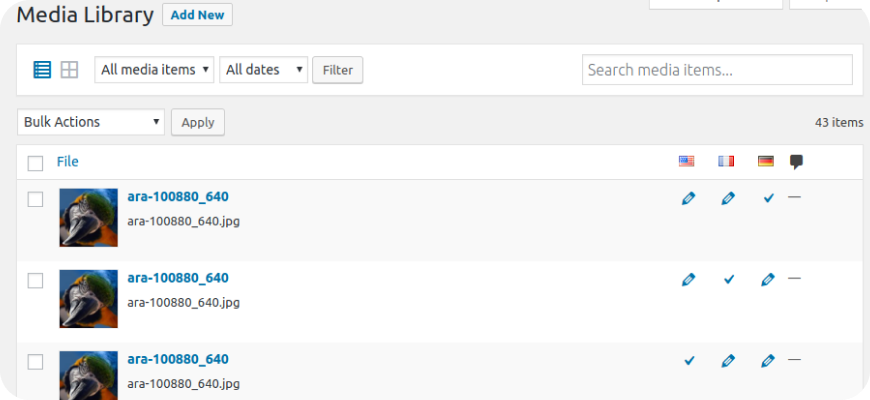
Key Features:
- Supports manual translation for content, menus, widgets, and more.
- Compatible with many WordPress themes and plugins.
- Integrates seamlessly with WooCommerce through an add-on (Polylang for WooCommerce).
PROS
- Lightweight and doesn’t impact website speed significantly.
- Free version available with ample functionality for small stores.
- Multilingual SEO support.
CONS
- WooCommerce-specific features require the paid add-on.
- Initial configuration may be complex for beginners.
Pricing:
Free; Polylang Pro starts at €99/year, Polylang for WooCommerce add-on starts at €99/year.
4. TranslatePress
TranslatePress stands out as a front-end translation solution, allowing users to translate content directly on the website’s interface. It’s highly intuitive and great for non-technical users who want to see translations in real time.
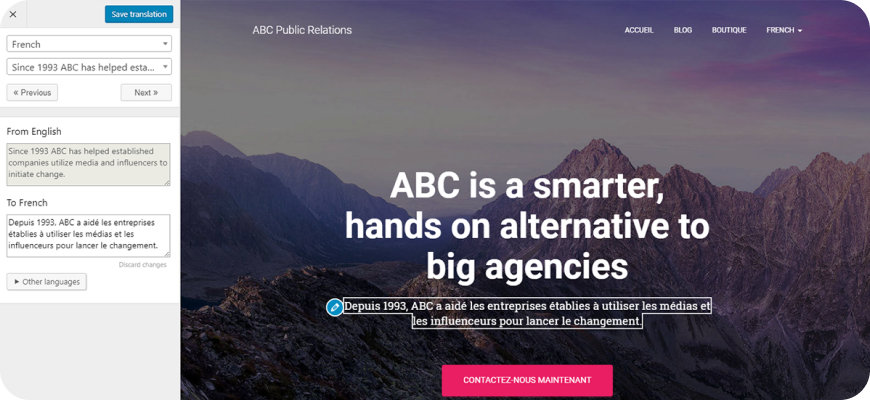
Key Features:
- Visual translation editor to see changes instantly.
- Supports both manual and automatic translations via Google Translate.
- SEO-friendly, with translated URLs and meta information.
- Works with all WordPress themes and plugins, including WooCommerce.
PROS
- Beginner-friendly with a visual interface for translating.
- Great for quickly translating content without digging into settings.
- Automatic and manual translation options.
CONS
- Limited advanced features compared to WPML or Polylang.
- Advanced options for larger stores are behind the premium version.
Pricing:
Free for basic functionality; premium plans start at €79/year.
5. GTranslate
GTranslate is a cloud-based solution that uses Google Translate’s automatic translation services. It’s designed to quickly convert your WooCommerce site into a multilingual store, with options for manual editing.
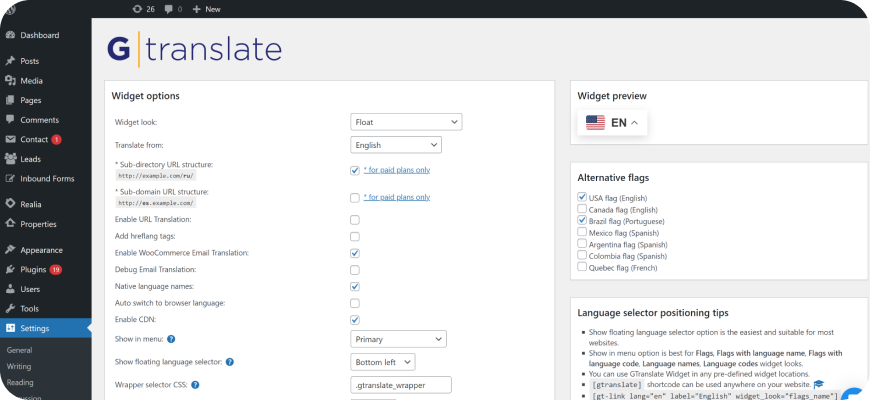
Key Features:
- Automatic translation using Google’s AI.
- Supports over 100 languages.
- Language switching widgets for easy visitor access.
- SEO-friendly with URL structure translation (premium version).
PROS
- Quick setup with instant translations.
- Affordable compared to some alternatives.
- Lightweight and doesn’t slow down the site.
CONS
- Automatic translations may require manual edits for accuracy.
- Advanced features require a premium plan.
Pricing:
Free for basic features; premium plans start at $9.99/month.
Comparison Table
| Plugin | Price (Annual) | Automatic Translation | Manual Translation | WooCommerce Support | SEO-Friendly | Ease of Use | Best For |
|---|---|---|---|---|---|---|---|
| WPML | $99/year | No | Yes | Yes | Yes | Medium | Complex multilingual stores |
| Weglot | €9.90/month+ | Yes | Yes | Yes | Yes | High | Quick and easy translations |
| Polylang | Free/€99/year+ | No | Yes | Yes (with add-on) | Yes | Medium | Cost-effective manual translations |
| TranslatePress | €79/year+ | Yes | Yes | Yes | Yes | High | Front-end visual translations |
| GTranslate | $9.99/month+ | Yes | Yes (premium) | Yes | Yes | High | Fast automatic translations |
Conclusion
Selecting the best translation plugin for your WooCommerce store depends on your needs and budget. WPML offers extensive capabilities for complex multilingual stores, while Weglot provides a fast and simple way to create a multilingual website with automatic translations. For those seeking flexibility at a lower price, Polylang and TranslatePress offer robust manual translation options. GTranslate is ideal for stores needing instant translations and is budget-friendly.
Each plugin has unique strengths, so it’s essential to evaluate your store’s specific requirements, including how much control you want over translations, budget constraints, and compatibility with your existing WordPress setup. Providing a localized experience can be a game-changer, helping you tap into new markets and better connect with customers worldwide.

